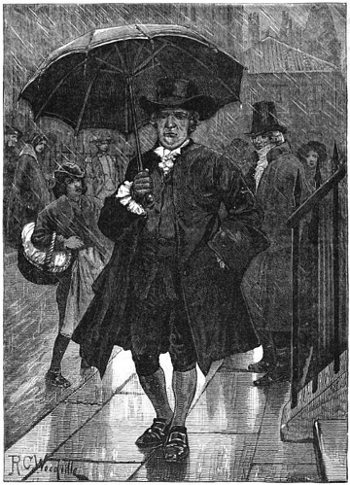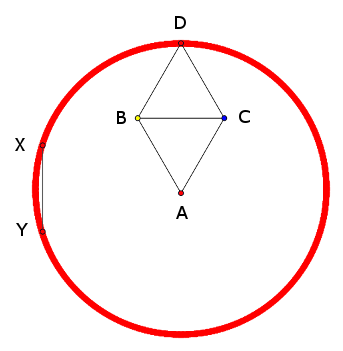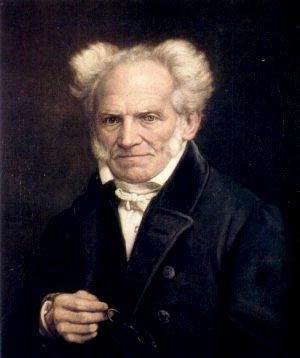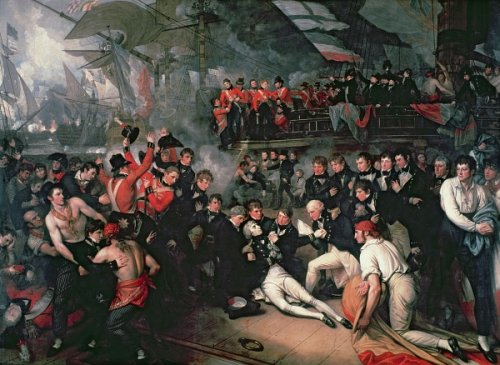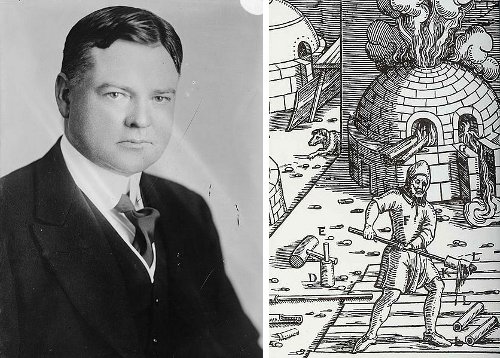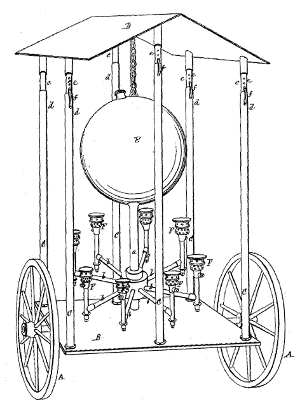
Besieged by cotton worms in 1870, Louisiana planter Auguste Le Blanc invented the 19-century equivalent of a bug zapper. The worms transform into noctural moths in order to reproduce, so Le Blanc suspended an eight-foot ring of gasoline burners from the roof of a horse-drawn cart that he drove through his fields at night, following lanes that he had laid out for this purpose.
The roof may serve not only to protect the burners from rain, but also as a means of destroying the moths, for I sometimes coat the underside of the roof with a paint, preferably white paint, made without any ‘drying’ in it, that is to say, made with oil alone, so as to present a sticky surface. When the machine is in use, the moths, attracted and blinded by the light, will either be destroyed by the flame, or else will come in contact with and adhere to the sticky coating of paint.
I don’t know how well it worked, but he deserves credit for his ingenuity. “A machine of eight burners will protect from forty-five to fifty acres of cotton, while the cheapness of the fluid employed for burning purposes renders the expense trifling in comparison with the benefits derived.”

